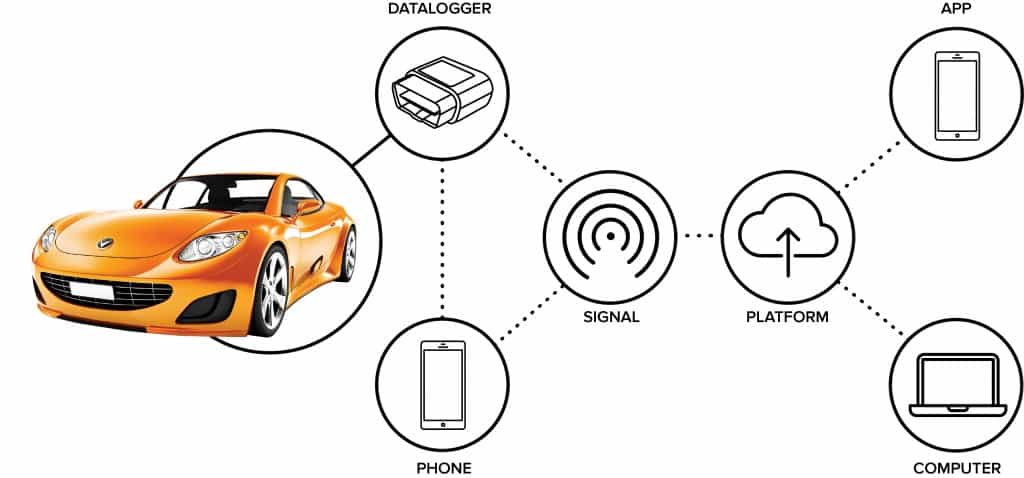10 Ways IoT Will Make Your Product Stand Out From The Competition
10 Ways IoT Will Make Your Product Stand Out From The Competition
- Last Updated: December 2, 2024
Matthew Russell
- Last Updated: December 2, 2024



The Internet of Things (IoT) has opened up a whole new level of product design and interaction. Anything that can be connected to the cloud, inevitably will be. But that doesn’t always mean it should be.
As we’ve seen in everything from the reinvention of the garage door opener to dirty diaper notifications, consumer-facing businesses are diving deep into interconnected products, often without fully understanding the value those connections add. In some cases, it seems a crucial question remained unanswered during the design phase.
Why?
Asking “why not?” might be a valid reason to explore a product’s feasibility, but it’s a flimsy argument on which to base an entire product line. When it comes to developing truly stand-out products, the question of “why?” is incredibly powerful. It opens up a world of possibilities, and cuts through excess noise. Why is an unbiased vehicle moving us toward the essential.
Why should I connect my product to the Internet?
With “why not?” We find solutions to problems that may not even exist. With “why?” we find problems that can be solved with scalable solutions. Here are three of the most important whys we can ask in developing products for IoT.
- Why is this necessary? Does it meet a user’s need?
- Why is this helpful? Does it eliminate a step or ease a pain point in its use?
- Why is this worthwhile? Does it compliment a business model?
Delightful products are not going to create more problems than they solve. Along with solutions, they offer a meaningful experience that a user can appreciate as valuable. But for someone to take interest in manufacturing those products, they also need to fit into a sustainable plan.
Here are the areas product managers can consider when asking the same question: why?
How can IoT enhance my existing products?
1. Added value – You can improve the value of products with new features, or create entirely new product categories.
2. Actionable data – Data gathering opportunities can constantly improve your smart products and process.
3. Support – Customer support will be able to remotely identify issues (both unique and systemic) and even provide assistance, helping to avoid recalls.
4 Subscription models – IoT provides avenues for additional, recurring revenue with advanced online features and software as a service models.
5. Streamlined maintenance – Self-test features and smart, remote diagnostics help you fix bugs and add new features without maintenance calls.
6. Opportunity flagging – Data on how the product being used and what drives certain behaviors can be used to identify orthogonal product avenues.
7. Problem solving – Solving complex problems with AI can give you a huge leg up on the competition.
8. New markets – Younger, more connected generations prefer connected devices and will select them more often.
9. Low risk – There are many companies that know what they are doing when it comes to IoT security; it’s nothing to fear.
10. Low cost – Connected, embedded solutions are as cost effective as ever, meaning connectivity can be added at low size, weight, and power cost as well.
There are few reaches of the world still segregated from wireless connectivity. All the more reason for those considering IoT integrated products. The possibilities are not limited to those who sell physical devices, either.

Image Credit: DonerWorks
Progressive Insurance, for example, has started offering potentially lower rates for clients who connect a small monitoring device to their vehicles, sending updates on the motorists’ driving habits. The insurance company considers when and how the vehicle is used, weighing discounts against the insights from that data.
The automotive space is rife with further opportunities for the IoT. Driverless cars are already here, and interconnected city infrastructures are on the rise. Research and advisory organization Gartner predicts that more than 250 million vehicles will be connected globally by the end of the decade, each relying on a greater number of products, and consumer expenditure.
Written by Matthew Russell, Marketing Specialist at DornerWorks.
The Most Comprehensive IoT Newsletter for Enterprises
Showcasing the highest-quality content, resources, news, and insights from the world of the Internet of Things. Subscribe to remain informed and up-to-date.
New Podcast Episode

What is Hybrid Connectivity for IoT?
Related Articles


